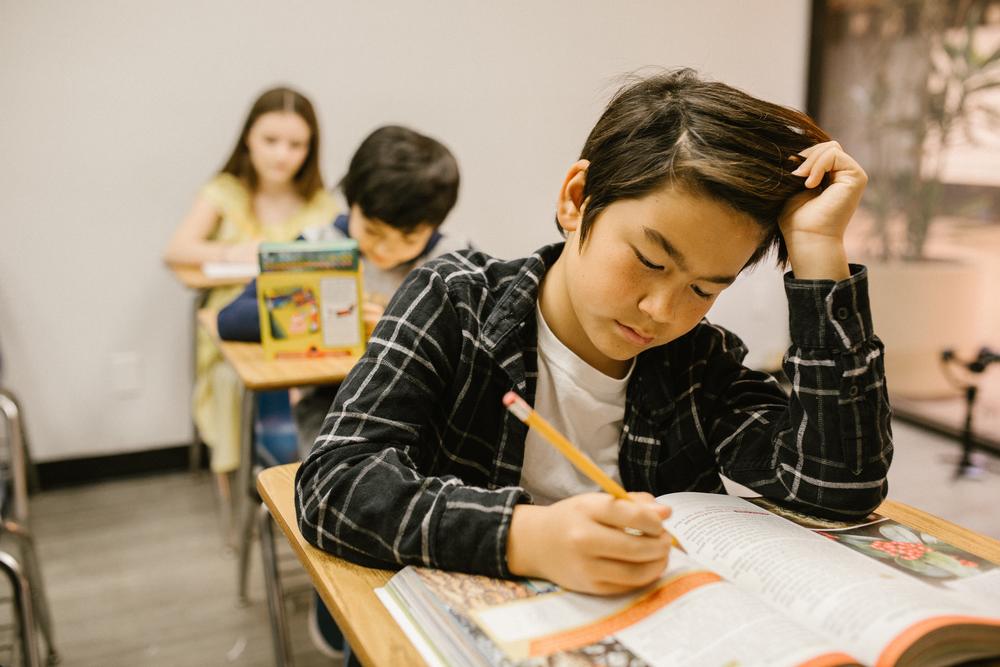
Caption
For years prior to the pandemic, Georgia struggled to meet the mental health needs of children and youth. Two in five children aged 3 to 17 have trouble accessing the mental health treatment and counseling they need.
Credit: RODNAE Productions / Pexels

